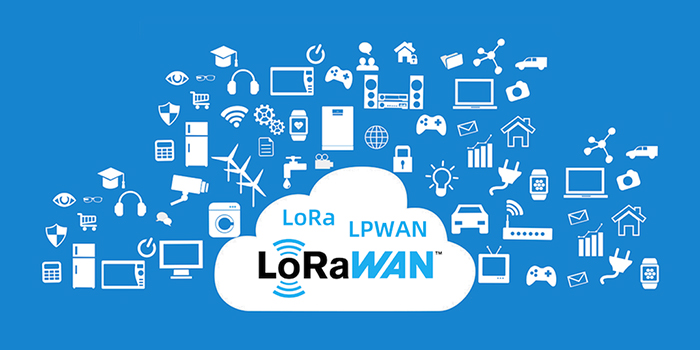LoRa is an unlicensed spectrum network technology suitable for wide-area IoT applications with low power consumption, low cost, long distance and other requirements. It has been widely deployed around the world.


The LoRa module uses linear spread spectrum modulation technology, and the link budget of up to 157dB enables the communication distance to reach more than 15km (depending on the environment), and even further in open areas. Compared with other wide-area low-power IoT technologies (such as Sigfox), LoRa wireless modules can communicate with gateways or concentrators over a longer distance under the same transmit power. The LoRa wireless module adopts an adaptive data rate strategy, and the maximum network optimizes the communication data rate, output power, bandwidth, spreading factor, etc. of each terminal node, so that the receiving current is as low as 10mA and the sleep current is less than 200nA, achieving low power consumption.
Many existing deployed networks adopt a mesh structure, with each individual node passing information through other nodes, which not only increases the complexity of the network but also shortens battery life. On the contrary, the LoRa network architecture is a typical star topology. When long-distance connections are achieved, terminal nodes and gateways can directly interact with each other, effectively reducing network complexity and energy loss, and extending battery life.
The LoRa network operates in an unlicensed frequency band, and the initial infrastructure and operation costs are very low, with the terminal module costing about US$5. LoRaWAN is a standardized specification defined by the Alliance for low power consumption and network device compatibility of LoRa terminals. It mainly includes the communication protocol and system architecture of the network. The standardization of LoRaWAN ensures interoperability between different modules, terminals, gateways, and servers, and IoT solution providers and telecom operators can accelerate adoption and deployment.
Compared with other wireless technologies, LoRa has advantages in the following areas:
By installing a LoRa wireless module on a shared bicycle, you can use the LoRa gateway/base station in the city and use the calculation principle of triangulation positioning to know the location of the vehicle for easy management.
When a smart parking lot deploys a LoRa wireless module on a parking space, there is no need to pull wires during the installation process, saving a lot of construction costs; one LoRa gateway can manage the LoRa wireless modules of hundreds of parking spaces, monitor the status of the parking spaces in real time, and fully control the usage of the parking spaces. .
LoRa wireless modules can be used in reservoirs to monitor water level changes; LoRa wireless modules can be used in rivers and waterways to monitor abnormal water levels during heavy rains or droughts and provide flood control management.
In addition to applications in the field of smart cities, LoRa technology can help build IoT applications in agriculture, forestry, animal husbandry, and industrial and commercial applications to realize smart life under the IoT.
